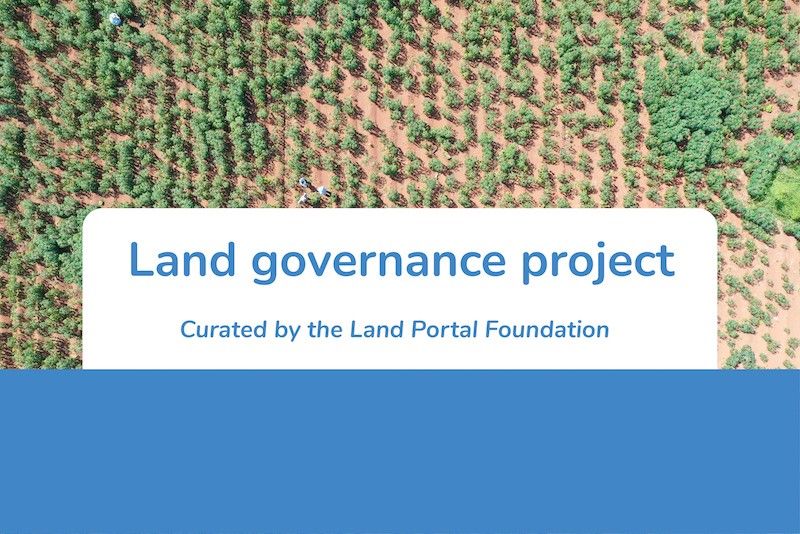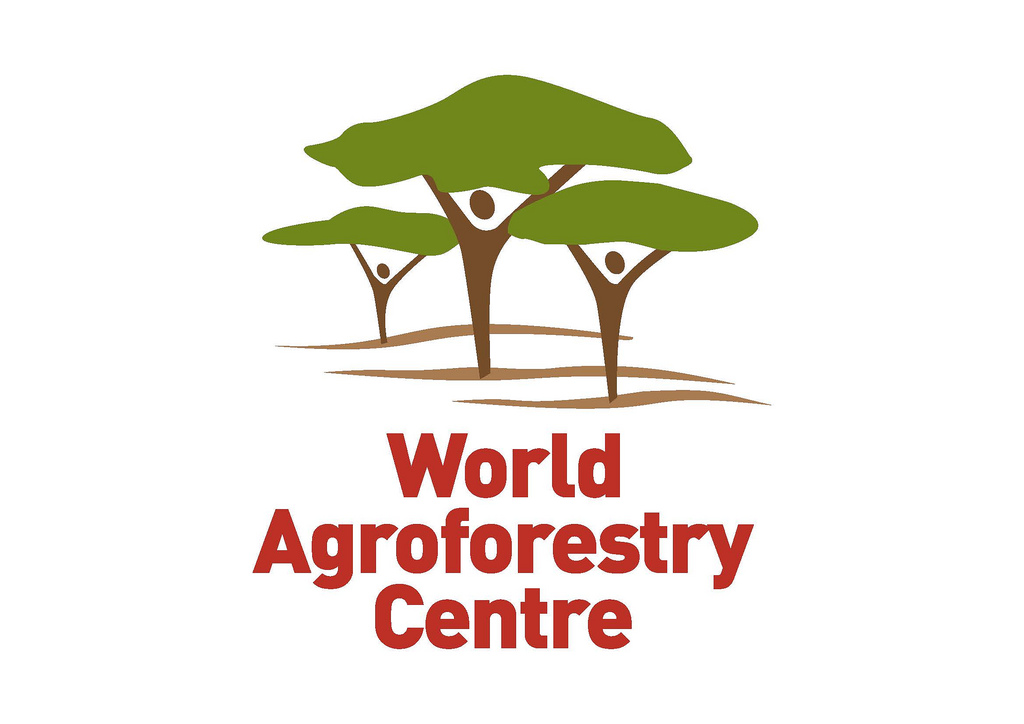Community / Land projects / Conservation and Sustainable Management of Land Resources and High Value Ecosystems in Lake Sevan Basin for Mu
Conservation and Sustainable Management of Land Resources and High Value Ecosystems in Lake Sevan Basin for Mu

€3319464.072
03/23 - 03/23
Concluído
This project is part of
Implementing Organisations
Donors
Data Providers
Objectives
To promote land degradation neutrality, restore and improve the use of land and water resources in Armenia’s Lake Sevan Basin to enhance the sustainability and resilience of livelihoods, biodiversity and globally significant ecosystems.
Other
Note: Disbursement data provided is cumulative and covers disbursement made by the project Agency.
Target Groups
The envisaged benefits to local and national stakeholders will be interconnected with the aggregated environmental benefits enabled by the project’s features: (i) embedded integrated benefits and synergies across focal areas, (ii) mechanisms for integrated decision making and (iii) landscape-scale designed interventions. The project incentivizes local actors away from destructive behaviour through engaging them in biodiversity friendly livelihoods around protected areas, KBAs/IBAs, enlisting community support for safe wildlife migration corridors. The project will support gender equality and women’s empowerment, through inclusion in decision-making processes on natural resource management, delivery of capacity building on improving financial management skills, and disseminating information on available financing options for local community organizations, helping to enhance small-scale entrepreneurship, with a particular emphasis on engaging women-led community-based organizations and local enterprises. Project activities will emphasise priority inclusion of women, youth, persons with disabilities, war refugees, and other vulnerable groups.Livelihood benefits will be generated for local households through increased soil productivity, soil and water conservation, access to low-value grant assistance for interventions on biodiversity conservation and sustainable use of natural resources, and through access to capacity building on sustainable nature-positive LDN complaint agricultural practices, best practices in ecotourism, biodiversity conservation, and alternative livelihoods. Awareness, technical knowledge and access to financing are key to ensuring that stakeholders will be able to adopt innovative, environmental-friendly practices. Approximately 65,800 people stand to benefit directly from various project’s interventions. The project aims at increasing capacity of 200 public sector employees and 100 PAs staff who will be participating in training activities . PA staff will have an increased knowledge and capacity for biodiversity management and environmental law enforcement. The local authorities will be supported/coached to writing eligible proposals under existing state-programmes in order to leverage additional funding for sustainable pastures and livestock management, improved water infrastructure of remote pastures, local rural development and market access and refurbishment of irrigation infrastructure with financing from available national and local financing programmes. In the same vein, the local natural resource users will be trained and supported to attract additional funding to implement SLM measures. Local tourism entrepreneurs will be trained and supported to implement eco-tourism activities. About 200 of local producers/farmers will benefit from micro-grants and an estimated income increase of at least 20% as a result of the implemented SLM measures. This is a conservative percentage, as income generation from recommended SLM measures will likely provide more benefits: e.g. according to past donor-supported projects[1], application of rotational grazing alone can provide an estimated net profit of up to $16 per sheep (after subtracting the costs per sheep of about $8). In general relatively limited investment sin the irrigation infrastructure has proven economically profitable, for example: repair of small reservoirs could increase water availability and support expansion of cultivation areas (that previously were not suitable); the Internal Rate of Return (IRR) is 227% and the payback period is 1 year; the repair and lining of water storage basin reduces water losses and leads to increased water supply. The IRR is 15% and payback period is 8 years; construction of drip irrigation systems incrases with approximately 40-50% the fruit and vegetable yields and the IRR is 29% and payback period approximately 5 years. Approximately 58,800 local farmers will benefit from the refurbishment of irrigation systems on demonstration plots in selected villages, demonstrative drip irrigation systems, rainwater harvesting facilities, in the selected in the villages, which are currently struggling with a higher degree of land degradation and poor livelihoods. The generated experience is replicable at the Sevan basin landscape level, particularly through the guidelines, manuals, land use planning tools in particular the LUP4LDN software, demonstrates experiences at local level, aided by the awareness events and radio/TV talk shows. Through the awareness events and dedicated radio and TV shows that are being listened to by a large number of local community members, it is possible that number of beneficiaries of the project will be much larger. Improved awareness and technical knowledge, and assistance to access available funding, will result in improved livelihoods resilience leading to reduced economic losses associated with water scarcity, and greater agricultural productivity, increased revenues and employment prospects and diversification of income sources. The project’s micro-grant scheme (aligned with UNDP low-value grants procedures) include gender sensitive and inclusive criteria that will prioritise mid and small farmers and vulnerable families, including women, youth and vulnerable people thus prioritising support to the most vulnerable from environment and social perspective. Greater resilience will result in reduction in economic losses associated with climate shocks. At national level, the estimated annual economic losses in the agriculture sector driven by drought, hail, floods, spring frosts and mudflows has been estimated at about 15-30 billion AMD for the recent years.[2]Cost benefit analysis will be undertaken for individual investments to be made on demonstration plots. Due to the planned awareness and training events and due to the regional LDN Targets and enabling policies that the country is developing (under similar donor funded projects such as FAO) there is a good prospective potential for scaling up sustainable land management measures and integrated LDN compliant integrated and spatial land use planning at the level of the entire Lake Sevan basin. [1] Based on examples recorded in UNCCD/WOCAT database and examples use in feasibility analysis under AF funded projects in the region. [2] Fourth National Communication to UNFCCC




